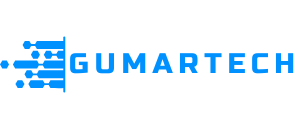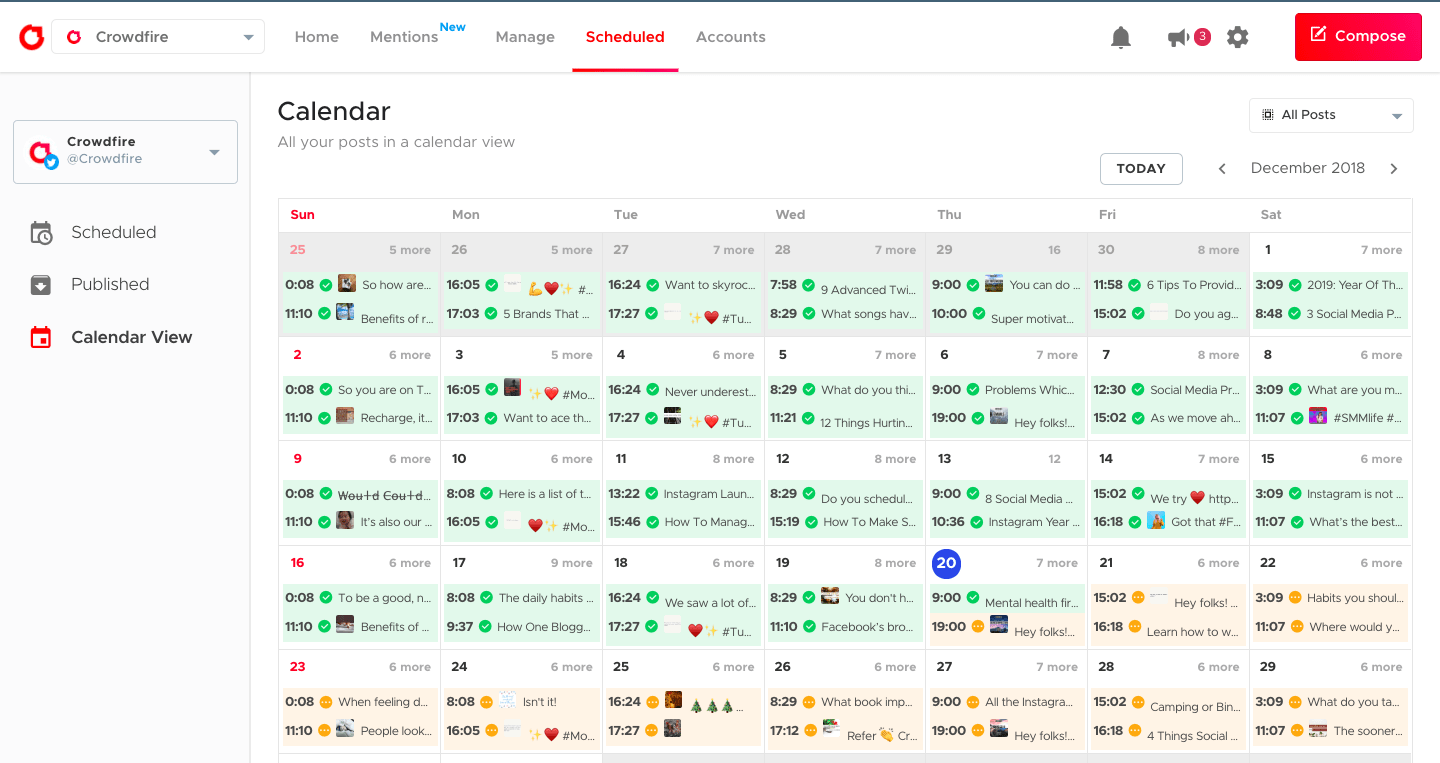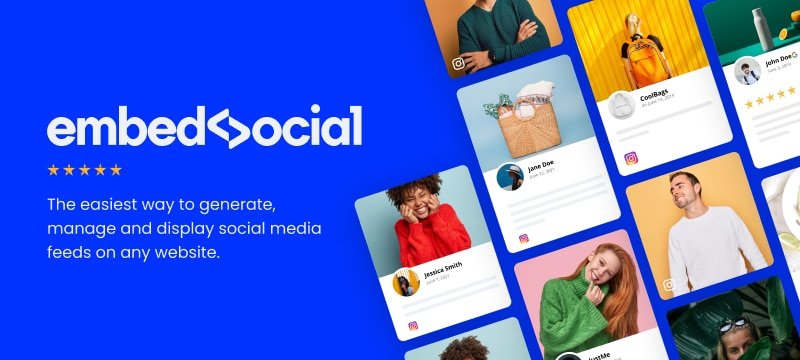Best Social Listening Tools: Top Picks for 2024
In today’s fast-paced digital landscape, understanding your audience is more critical than ever. This brings us to the concept of social listening, a strategy that allows brands to tap into online conversations, gather insights, and make informed decisions. With the emergence of various tools designed specifically for this purpose, marketers are presented with an opportunity to enhance their strategies significantly. In this article, we will explore the best social listening tools available in the market, uncovering their features, benefits, and considerations to help you choose the right fit for your organization.
Understanding Social Listening
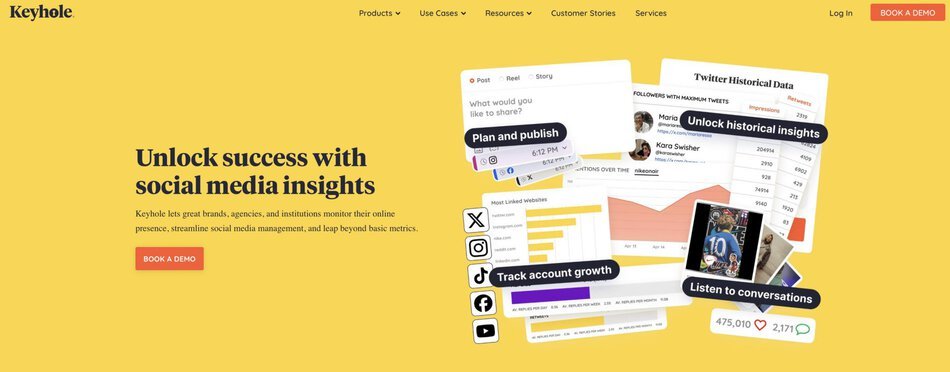
Social listening is often confused with social monitoring, but it encompasses much more than just tracking brand mentions. It involves analyzing conversations happening across social media platforms, forums, blogs, and other online spaces to glean valuable insights about your target audience, competitors, and the overall industry landscape.
What is Social Listening?
At its core, social listening refers to the process of actively observing and engaging with what people are saying about your brand, products, or services online. This includes not only direct mentions but also discussions that may not explicitly tag your brand. By employing social listening strategies, companies can identify trends, sentiment, customer pain points, and even emerging influencers within their niches.
The importance of social listening lies in its ability to transform data into actionable insights. Organizations can leverage these insights for product development, marketing campaigns, customer service enhancement, and brand reputation management. It serves as a bridge between businesses and consumers, fostering a two-way conversation that can lead to improved customer relationships and loyalty.
Importance of Social Listening in Modern Marketing
In an era where consumers are bombarded with information from various sources, standing out from the crowd is essential. Social listening helps brands understand their audience better by monitoring:
- Consumer Sentiment: Brands can gauge feelings toward their products or services, allowing them to respond proactively rather than reactively.
- Competitor Analysis: Organizations can observe competitors’ strengths and weaknesses through social conversations. This insight can inform strategies that differentiate your brand in a competitive marketplace.
- Crisis Management: When negative sentiments arise, timely intervention can mitigate potential damage to brand reputation.
- Content Strategy: Understanding what resonates with audiences allows marketers to create targeted content that speaks directly to consumer interests and needs.
By integrating social listening into the marketing mix, businesses can stay agile, adapt quickly to changes in consumer preferences, and cultivate a more engaged and loyal customer base.
Key Features to Look for in Social Listening Tools
When selecting social listening tools, understanding the key features is crucial for ensuring they align with your marketing goals. Here are some essential features to consider:
- Sentiment Analysis: The ability to determine whether conversations are positive, negative, or neutral is vital for gauging public perception of your brand.
- Real-time Monitoring: Fast response times can make or break a brand’s reputation during a crisis or trending topic.
- Customizable Dashboards: Being able to tailor the dashboard to focus on specific metrics can greatly enhance usability and efficiency.
- Integration Capabilities: Tools should seamlessly integrate with existing marketing platforms, email systems, and CRM software to streamline workflows.
These features help organizations harness the full power of social listening, enabling them to derive meaningful insights and drive impactful marketing initiatives.
Top Social Listening Tools in the Market
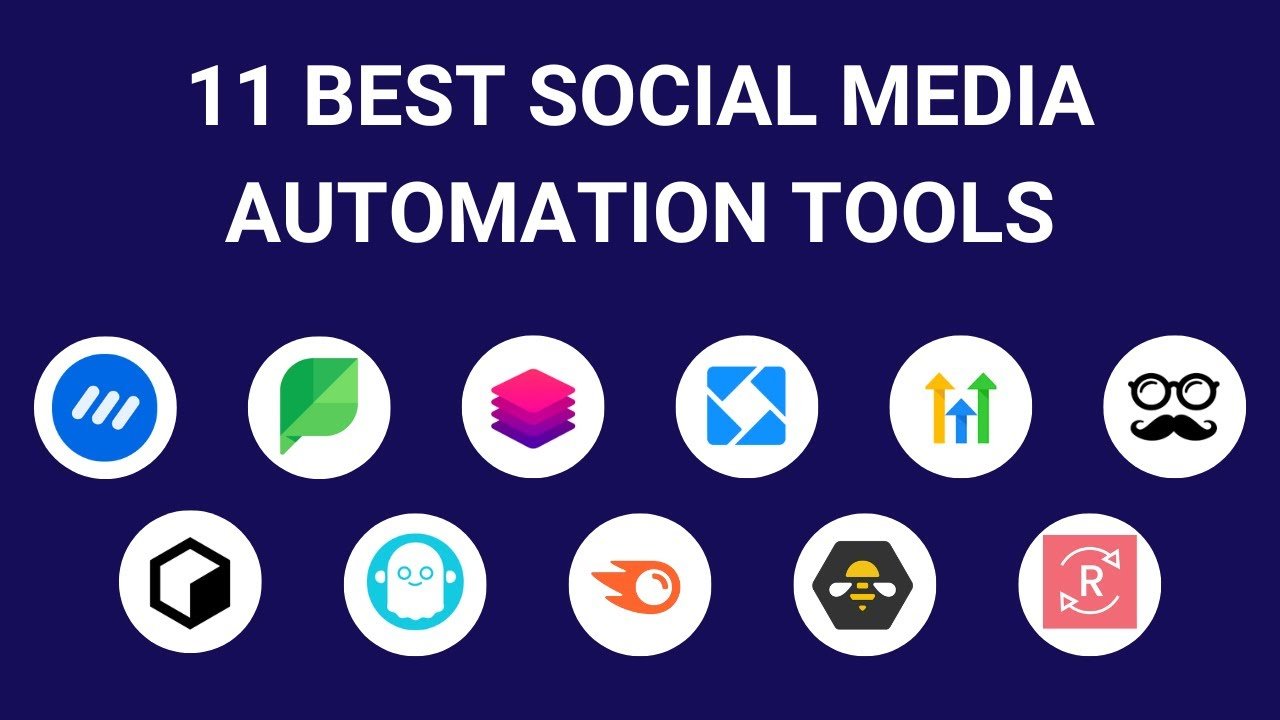
With numerous social listening tools available, it can be overwhelming to find the right one for your business needs. Below are five of the best social listening tools currently popular in the market, covering their key features, pricing options, and pros and cons.
Tool 1: Brandwatch
Overview and Key Features
Brandwatch is one of the leading social listening tools offering extensive capabilities for analyzing social media conversations. Its powerful AI-driven analytics provide deep insights into brand sentiment, audience demographics, and emerging trends.
Some notable features include:
- Image Recognition: It can analyze images shared on social media to identify logos and products, providing an additional layer of insight.
- Custom Reports: Users can create tailored reports highlighting vital statistics that matter most to their marketing efforts.
- Competitive Analysis: Brandwatch enables users to benchmark against competitors, offering a broader view of the market landscape.
Pricing Options
Brandwatch operates on a subscription basis, and while exact pricing varies based on the services required, it generally caters to mid-sized and larger enterprises due to its comprehensive features. Custom pricing is available upon request, which may include different tiers of service depending on data volume and access needs.
Pros and Cons
Pros:
- Extensive feature set, including image recognition and competitive analysis.
- Powerful sentiment analysis backed by AI technology.
- Excellent customer support and training resources.
Cons:
- Can be expensive for smaller businesses.
- The learning curve can be steep due to its vast functionalities.
Tool 2: Hootsuite Insights
Overview and Key Features
Hootsuite Insights offers a robust social listening solution integrated within the broader Hootsuite ecosystem, making it an excellent choice for businesses already using Hootsuite for social media management.
Key features include:
- Topic Analysis: Hootsuite can identify trending topics within your niche, helping you tap into relevant conversations.
- Influencer Identification: The tool helps pinpoint key influencers talking about your brand or industry, aiding in relationship-building and outreach.
- Multi-Language Support: Ideal for global brands, Hootsuite enables monitoring in multiple languages, which broadens the reach of social listening efforts.
Pricing Options
Hootsuite offers several plans, starting with a free tier that provides limited features. More comprehensive plans suitable for businesses start at a moderate monthly fee, with custom enterprise options available.
Pros and Cons
Pros:
- User-friendly interface with easy integration into the Hootsuite platform.
- Comprehensive multi-channel monitoring.
Cons:
- Some advanced features require higher-tier subscriptions.
- Limited depth in analysis compared to specialized tools like Brandwatch.
Tool 3: Sprout Social
Overview and Key Features
Sprout Social is another favorite among marketers, known for its intuitive design and rich analytics. The platform combines social media management with powerful social listening capabilities.
Notable features include:
- Engagement Tracking: Sprout Social allows brands to manage and analyze their engagement metrics effectively, providing insights into interactions and follower growth.
- Smart Inbox: This feature consolidates messages from various platforms into a single view, ensuring no customer query goes unanswered.
- Custom Reporting: Users can craft reports tailored to their specific metrics and KPIs, enhancing strategic planning.
Pricing Options
Sprout Social offers a range of subscription plans, starting from basic options suited for small businesses to more advanced plans for larger enterprises. Each tier provides different levels of access to features and reporting capabilities.
Pros and Cons
Pros:
- An all-in-one platform for social media management and listening.
- Strong customer support and user community.
Cons:
- Can be pricey for smaller businesses.
- Some users report performance issues with large datasets.
Tool 4: Mention
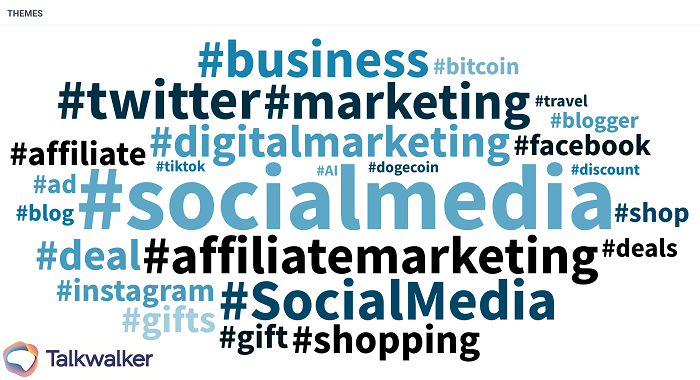
Overview and Key Features
Mention is a social listening tool that focuses on real-time monitoring and competitor analysis. It empowers brands to track mentions across various online channels, including blogs, forums, and social media.
Key features include:
- Real-time Monitoring: As the name suggests, Mention excels in delivering instant alerts when your brand or keywords are mentioned online.
- Collaboration Tools: The platform facilitates teamwork by allowing users to assign tasks related to social listening efforts within their teams.
- Historical Data Access: Users can access historical data, providing insights into long-term trends.
Pricing Options
Mention has flexible pricing plans that cater to startups, small to medium businesses, and enterprise-level organizations. Plans vary based on the number of mentions monitored and additional features included.
Pros and Cons
Pros:
- Excellent real-time monitoring capabilities.
- Affordable pricing for startups and smaller businesses.
Cons:
- Limited analytical depth compared to other tools like Brandwatch.
- Occasional delays in data updates reported by users.
Tool 5: Talkwalker
Overview and Key Features
Talkwalker is a comprehensive social listening tool renowned for its advanced analytics and visual recognition capabilities. The platform offers deep insights into brand health, audience engagement, and competitive landscape.
Key features include:
- Visual Analytics: Talkwalker can analyze images and videos shared online, identifying visual content associated with your brand.
- Trend Predictions: With machine learning algorithms, it provides trend prediction capabilities to help brands stay ahead of the curve.
- Crisis Management Tools: Talkwalker includes features focused on monitoring crises, enabling brands to act swiftly before issues escalate.
Pricing Options
Talkwalker typically offers custom pricing plans based on specific business needs. While it is considered a premium option, the depth of analytics provided can justify the costs for many organizations.
Pros and Cons
Pros:
- Highly sophisticated analytics capabilities.
- Great for brands focused on visual content and advertising.
Cons:
- Higher price point may deter smaller organizations.
- Some advanced features may require training to utilize fully.
Comparing Social Listening Tools
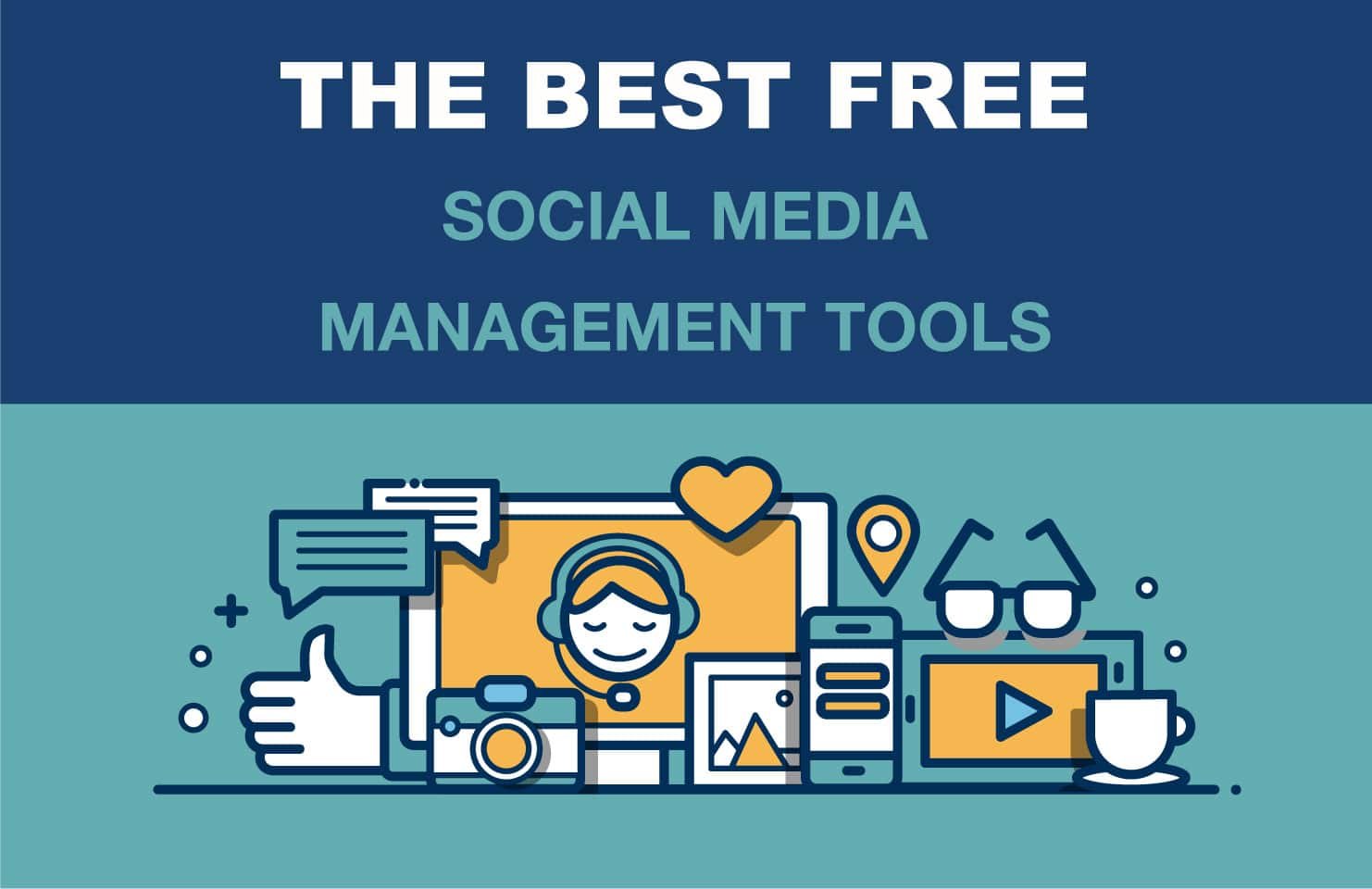
Choosing the right social listening tool requires evaluating each option based on key criteria such as features, pricing, and alignment with your marketing goals. Below, we offer a point-by-point comparison of the tools discussed earlier.
GoHighLevel is a powerful all-in-one platform that not only enhances your social media management but also integrates social listening capabilities to keep track of customer sentiments and trends. By centralizing CRM, lead generation, and communication tools, GoHighLevel helps you stay on top of conversations, ensuring you can respond to customer feedback and optimize your marketing strategy in real-time.
Feature Comparison
While all the tools mentioned share common attributes, they each have unique strengths. For example, if your primary focus is on real-time monitoring, then Mention might be an ideal fit. On the other hand, if you need comprehensive sentiment analysis and visualization, Brandwatch or Talkwalker would serve you better.
Sprout Social excels in engagement tracking and team collaboration, making it a suitable choice for organizations that prioritize internal workflow efficiencies. Conversely, Hootsuite is perfect for those seeking an integrated social media management solution alongside listening capabilities.
Pricing Comparison
Pricing structures vary considerably across tools. Mention is notably more affordable for smaller businesses, while Brandwatch and Talkwalker represent premium options with extensive features suited for larger enterprises. Sprout Social and Hootsuite offer mid-range pricing, catering to diverse business sizes and budgets.
When assessing pricing, it’s essential to weigh the cost against the features provided. Sometimes, investing in a more advanced tool can yield a greater return on investment in terms of insights and actionable data.
Use Case Scenarios
Each tool shines in different use cases:
- Brandwatch: Ideal for brands requiring in-depth analysis and competitive benchmarking.
- Hootsuite Insights: Perfect for businesses utilizing Hootsuite’s social media management features, enabling seamless monitoring alongside content scheduling.
- Sprout Social: Best suited for teams needing strong collaborative features and engagement tracking.
- Mention: Great for startups focused on real-time alerts and straightforward performance metrics.
- Talkwalker: Recommended for brands focusing heavily on visual content and who want predictive analytics for future trends.
Understanding these scenarios can guide businesses toward choosing the ideal tool for their specific needs.
Integrating Social Listening into Your Marketing Strategy
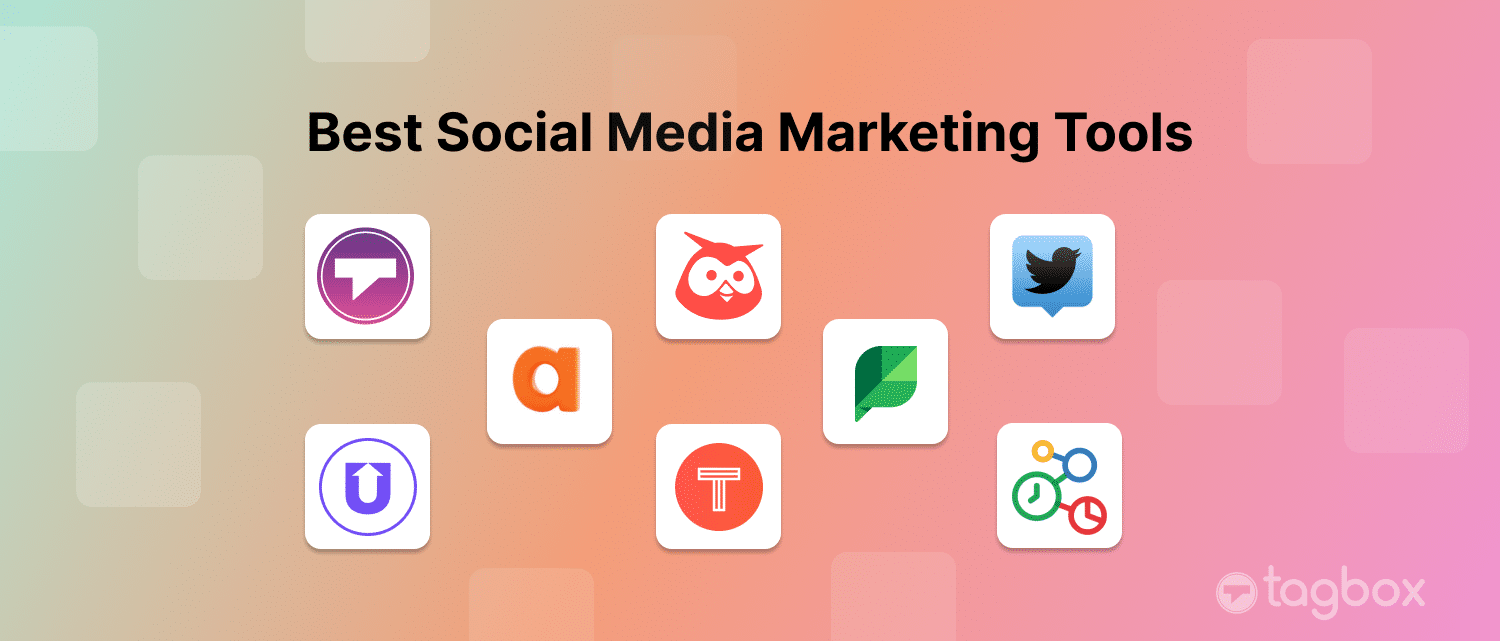
Once you’ve identified a social listening tool that fits your requirements, the next step is to integrate it into your marketing strategy effectively. Social listening shouldn’t be a standalone effort; instead, it needs to align with broader marketing goals and initiatives.
Steps to Implement Social Listening
Implementing social listening involves several key steps:
- Define Objectives: Establish clear goals for what you want to achieve with social listening. Whether it’s improving customer service, shaping content strategy, or crisis management, defining objectives will inform how you utilize the tool.
- Select Keywords and Topics: Identify relevant keywords, phrases, or topics that relate to your brand. This will help narrow down conversations that matter most to your business.
- Set Up Alerts and Notifications: Configure your chosen social listening tool to notify you of relevant mentions in real-time. This can help you respond promptly and seize opportunities.
- Analyze and Interpret Data: Regularly review and interpret the data collected. Look for patterns, trends, and insights that can inform your marketing strategies.
By following these steps, businesses are well-equipped to harness the power of social listening effectively.
Measuring the Impact of Social Listening
Effective measurement is critical for determining the success of your social listening efforts. Consider these factors:
- Engagement Metrics: Analyze engagement levels pre and post-implementation. Have customer interactions increased? Are customers more satisfied?
- Sentiment Shifts: Track changes in sentiment over time. Are you seeing a rise in positive mentions?
- Lead Generation: Monitor lead generation metrics influenced by social listening efforts. Are you converting more leads as a result of insights gathered?
- Brand Awareness: Gauge any increases in brand awareness driven by active listening and timely engagement with consumers.
Tracking these metrics can help organizations refine their strategies, adjusting their approach based on concrete data.
Tips for Effective Social Listening
- Be Proactive, Not Reactive: Rather than waiting for customers to voice concerns, actively engage with them and address issues head-on.
- Encourage Feedback: Foster an environment of open communication by encouraging customers to share their thoughts and opinions.
- Stay Updated on Trends: Keep an ear to the ground for emerging trends within your industry. Use social listening to stay ahead and capitalize on new opportunities.
- Collaborate with Teams: Ensure that insights gained from social listening are shared across departments (marketing, sales, customer service) for cohesive strategy implementation.
By implementing these tips, organizations can maximize the effectiveness of their social listening efforts and foster stronger connections with their audience.
Conclusion
As the digital landscape continues to evolve, leveraging best social listening tools becomes increasingly essential for modern marketing success. These tools empower organizations to gain deep insights into consumer behavior, sentiment, and market trends, ultimately driving better decision-making and enhancing brand reputation.
Through a thorough examination of the various social listening tools available, it becomes evident that there is no one-size-fits-all solution. Each tool possesses unique features tailored to different business needs. Thus, marketers must carefully assess their objectives, budget, and preferred functionalities to choose the best fit.
Implementing social listening within a broader marketing strategy opens doors to exciting opportunities for brands looking to connect with their audience in meaningful ways. By embracing this proactive approach, businesses can navigate the complexities of today’s marketing landscape and position themselves for success in the years to come.
